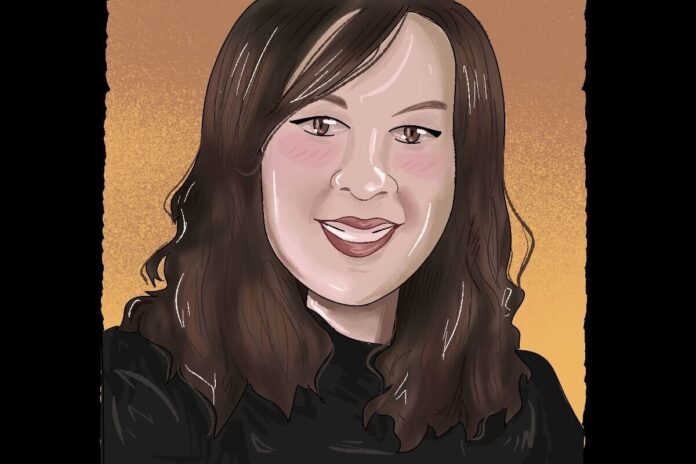
This story contains mention of substance use and overdose. Those in need of support can call the Ottawa Distress Centre Crisis Line: 613-238-3311
Despite Ottawa’s grim opioid epidemic landscape, access to harm reduction strategies—such as safer consumption sites, naloxone kits and other overdose prevention measures—is adapting.
The Charlatan sat down with Leanne Paisley, a senior addictions counsellor at the Royal Ottawa Mental Health Centre, to learn more about the state of access to the life-saving care available in the nation’s capital.
The Charlatan (TC): What drew you into counselling?
Leanne Paisley (LP): I’m from the small town of Lanark County. When I was looking at applying to university years ago, the world of substance use, health and addictions was not something known to me from a professional standpoint. I started out in a different program before falling in love with psychology and switching majors. I started out at the Royal as a student addictions counsellor.
TC: Why did you choose to work in harm reduction over other types of care?
LP: I’ve known people my entire life who have had issues with substances. Harm reduction lets me create care that is more supportive of where people are at.
At the start of my career, I worked at an abstinence-based program. When a client had a sip of alcohol, they were discharged. That never sat right with me, and it didn’t feel like it went with my values. I’ve met incredible people in my career who have substance use issues, and it didn’t feel right to tell them, “Never again.”
It feels more comfortable to lead with them with where they’re at in the moment on the spectrum of harm reduction and substance use health. If a client’s goal is abstinence, I will support them in that. But if their goal isn’t absolute abstinence, that doesn’t mean I can’t help.
In a lot of ways, there are amazing things happening. When I started my career treating substance-use disorders, it felt very non-moving—not a lot of research, program evaluations or individuals being included in the conversation. Over the last ten years, that has changed drastically. The idea of harm reduction is everywhere.
TC: What sorts of barriers are preventing people from accessing harm-reductive care?
LP: The pandemic put a huge spotlight on the lack of service and opportunity. Public health was hit hard. Clients’ access to supplies and supports changed, and people were isolated. A lot of clients felt like they were given up on when services were closed.
I think we lost more individuals in those first few months of the pandemic than during my entire career combined. It’s hard to even quantify what that looks and feels like for people in the field. We’ve lost a lot of people in the field because of burnout and how unwell some of our clients have become. There are a lot of pieces to that grief that haven’t necessarily been explored.
But people got creative in delivering services to people, like delivering naloxone kits to homes and harm reduction services offered through public health vending machines. There are now safer consumption sites around the city. I think those barriers are starting to be removed.
TC: What are some of the strategies you use to mitigate that grief?
LP: We’re a pretty cool community at the Royal. We take care of each other here. We can pick up pretty quickly on how people are doing on any given day and recognize what supports that person needs.
Everyone used to make fun of my long commute, but I use that time to crank good music, call someone on the phone or sit in silence if I need that buffer. That lets me shift gears to the other hats I wear in my personal life.
It’s a balance. At the end of the day, I have that pull that brings me to centre.
This interview has been edited for length and clarity.





